Man passes away on Tokyo train, no one notices until nearly 12 hours and 650 kilometers later
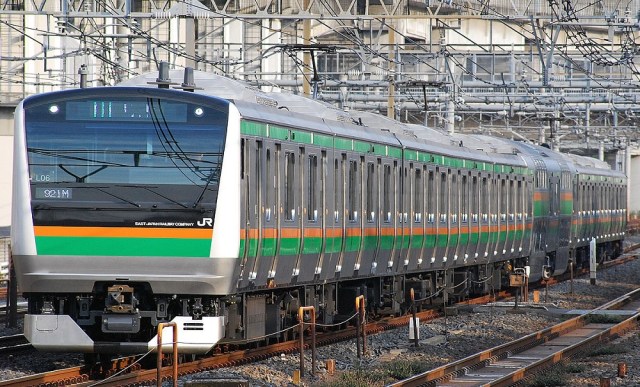
Man’s body continued to make trips back and forth across downtown Tokyo until the end of the day.
It’s not at all uncommon to spot people sleeping on commuter trains in Japan. As a matter of fact, it’s probably more unusual to find yourself on a train that doesn’t have at least one passenger who’s dozed off, intentionally taking a nap, or otherwise getting some Zs, especially if it’s later in the day and they might have had a few beers before they got onboard.
So when a JR East train pulled into Odawara Station on the night of May 11 at about 7:35 p.m., the station worker tasked with checking the interior probably wasn’t surprised to see a man sitting motionless in a two-person bench seat even though everyone else had already gotten off the train. The train had finished its last run of the day and was headed into the depot for the night, though, and it couldn’t do that with a passenger still onboard, so the station worker called out to the man, but got no response. Looking closer, he saw that the man was completely motionless, and didn’t even appear to be breathing. Checking for a pulse, he found none, and even his attempt to resuscitate the man using a defibrillator proved unsuccessful, as he was already dead.
The man had apparently passed away while onboard the train. With no one noticing the moment at which he expired, it seems that all other passengers had thought he was sleeping and left him alone. The story gets even more shocking, though, as he had been on the train for nearly 12 hours, traveling back and forth on the line while deceased.
A subsequent investigation determined that the man had boarded the Shonan Shinjuku line train at Shibuya Station in downtown Tokyo at 8:02 that morning. From Shibuya, the train headed north, passing through Saitama Prefecture before reaching its last stop at Utsunomiya Station, in Tochigi Prefecture, about two hours later.
▼ Shibuya to Utsunomiya on the Shonan Shinjuku Line
After arriving in Utsunomiya, though, the train switched over to the Ueno Tokyo Line tracks and travelled back south through Tochigi, Saitama, and Tokyo, going all the way to Hiratsuka Station in Kanagawa Prefecture, Tokyo’s prefectural neighbor to the south.
▼ Utsunomiya to Hiratsuka
This trip took about three hours, and once it was done, the train went back north along the same route, returning to Utsunomiya around 4:15 in the afternoon. The train still had one more trip to make, this time going all the way back down to Hiratsuka and then further southwest to Odawara, where it completed its run for the day.
▼ Utsunomiya to Odawara
In total the man spent 11 hours and 32 minutes on the train, covering 652.7 kilometers (406 miles) and making four trips across downtown Tokyo. With the train’s initial Shibuya-to-Utsunomiya route almost entirely overlapping with the first half of its subsequent Utsunomiya-to-Hiratsuka run, it’s likely that the man passed away, or was at least unconscious or unable to move, before the train reached Utsunomiya for the first time at around 10 in the morning.
The police have ruled out foul play, and the man ostensibly appearing to other passengers to have been sleeping suggests no visible physical injuries either.
With the quick turnaround required for commuter trains in Japan, trains often only get a thorough check when they’re headed into the depot, and otherwise the aim is on getting them back out on the tracks as quickly as possible. If you do spot someone on a train who looks like they’re not just sleeping, but in need of medical assistance, the phrase to tell the conductor or other station staff is “Densha in ishiki fumei no hito ga iru,” meaning “There’s an unconscious person on the train.”
Source: Asahi Shimbun Digital
Top image: Wikipedia/Toshinori baba
● Want to hear about SoraNews24’s latest articles as soon as they’re published? Follow us on Facebook and Twitter.
Credit:

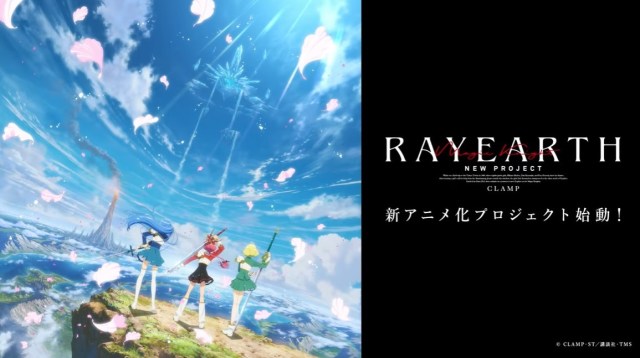
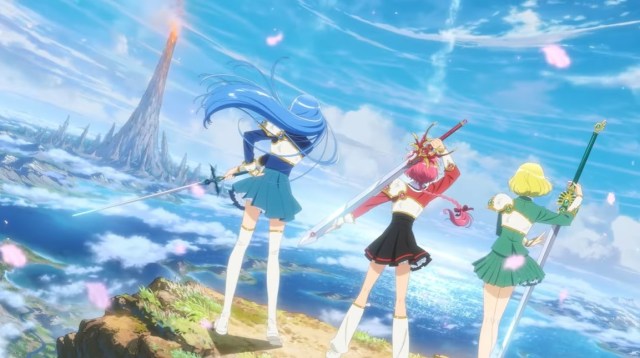
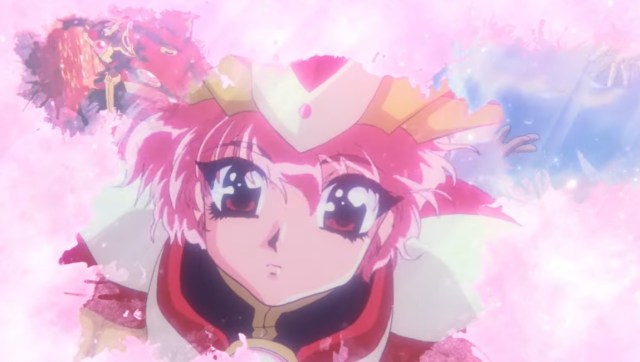
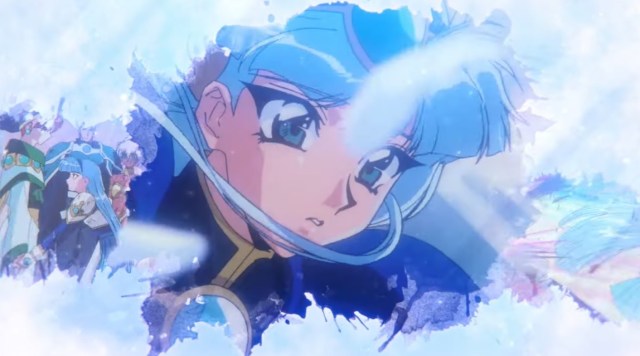
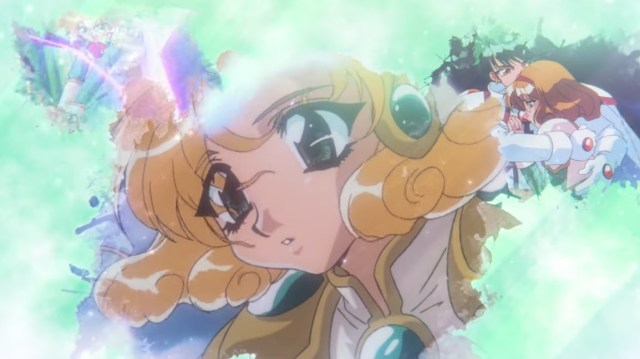
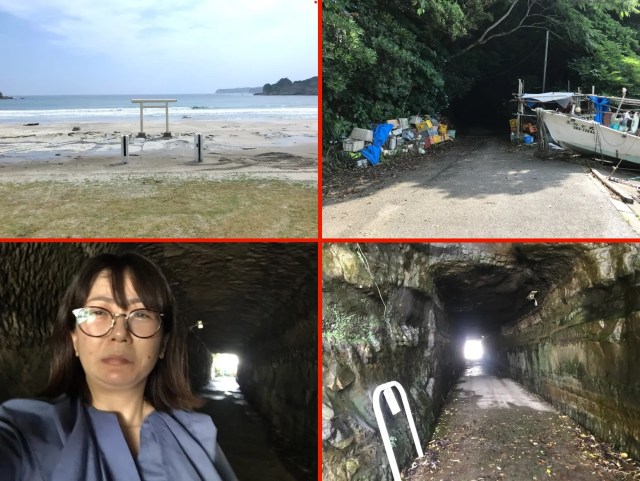
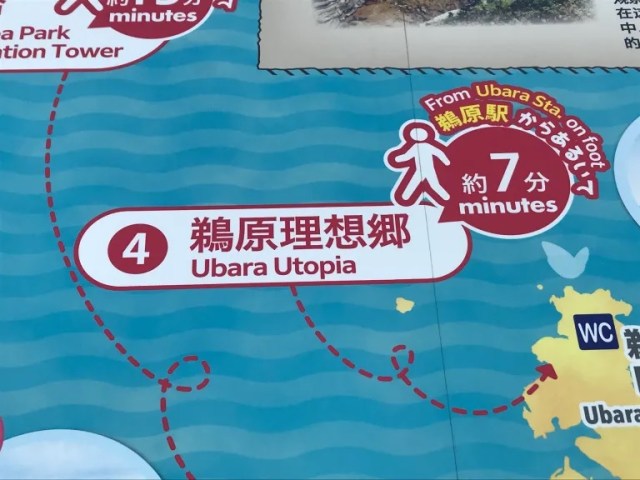
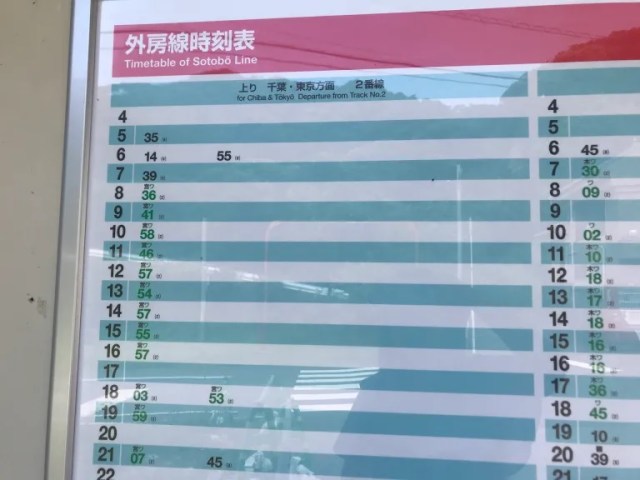
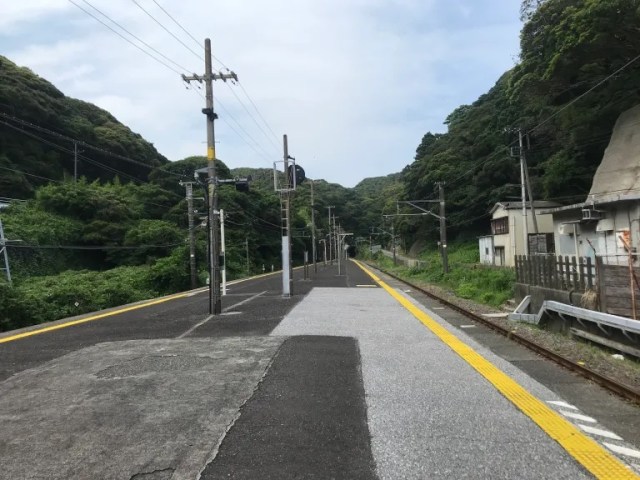
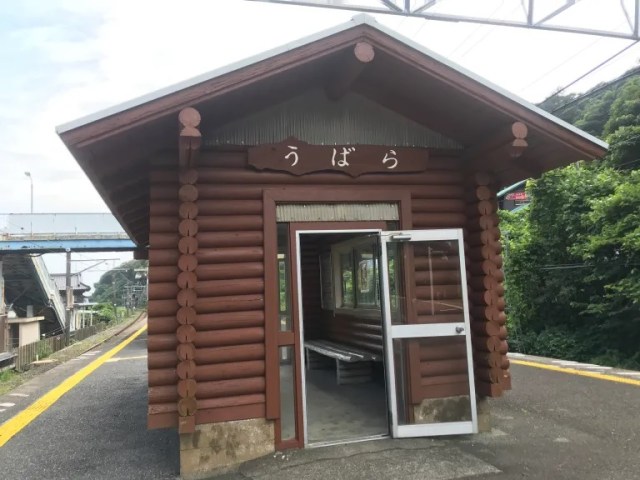
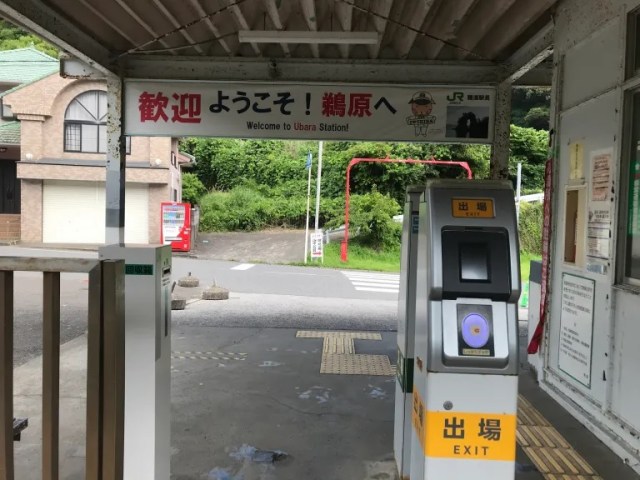
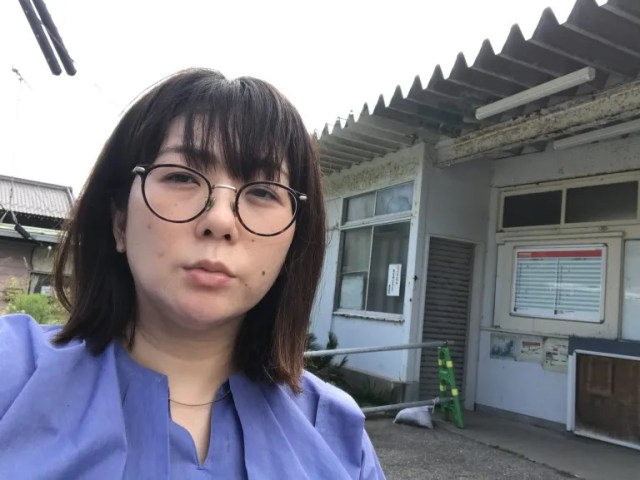
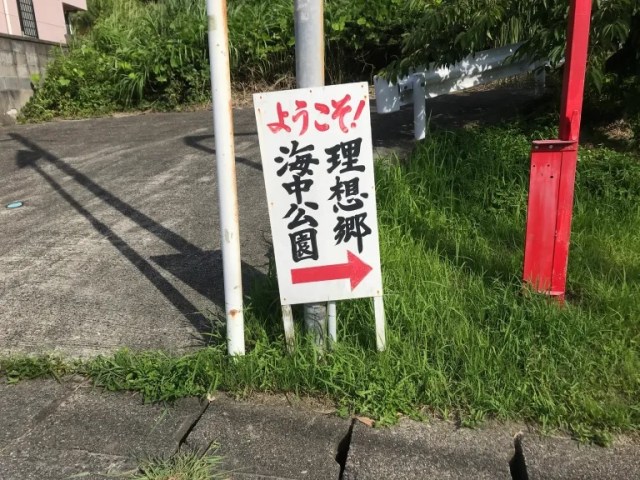
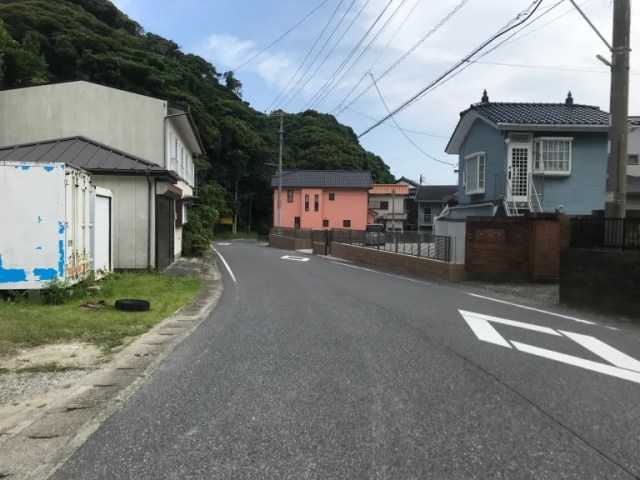
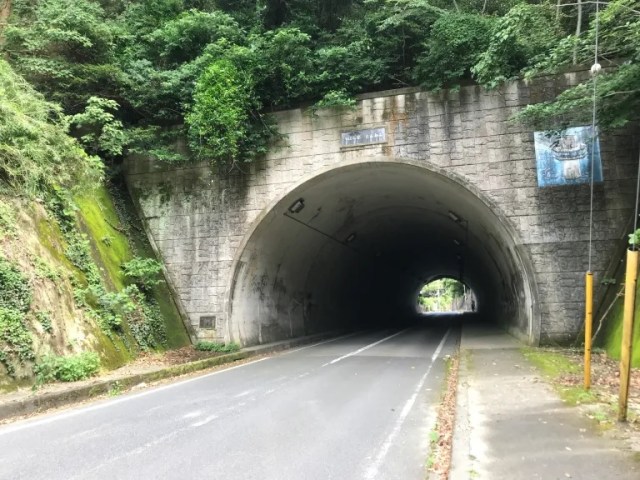
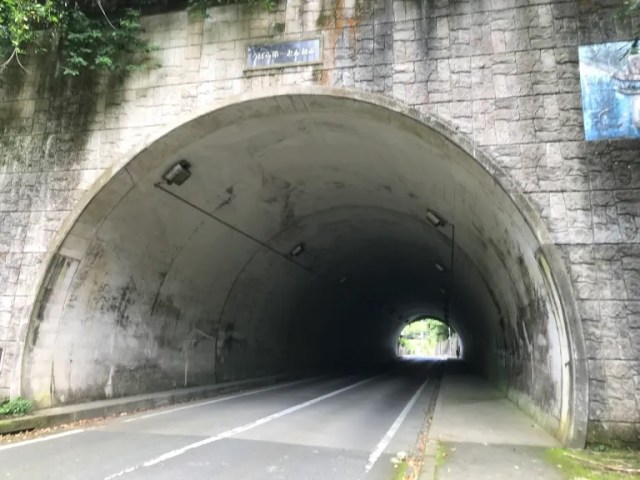
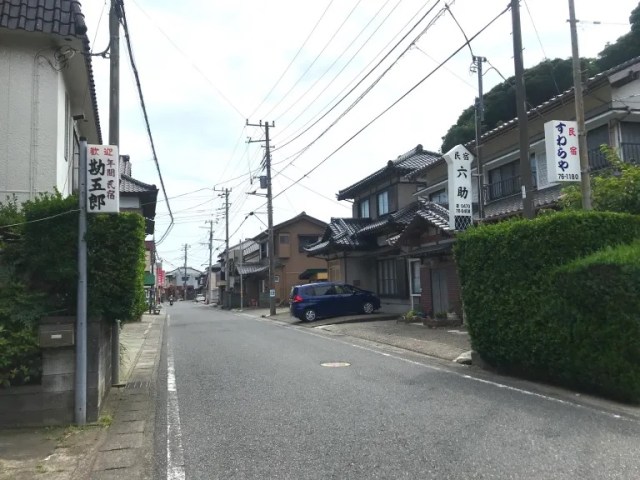
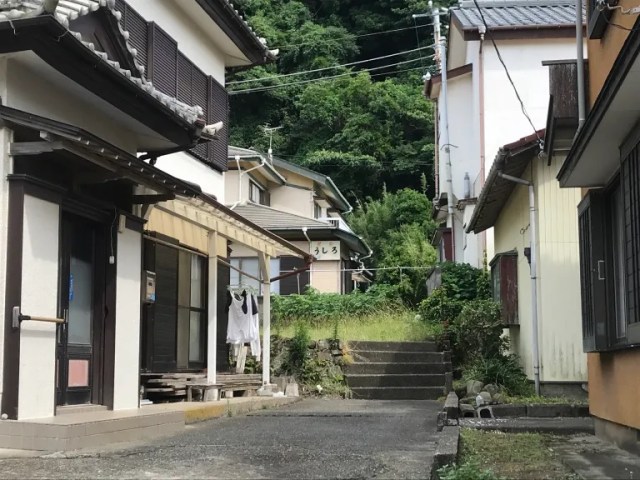
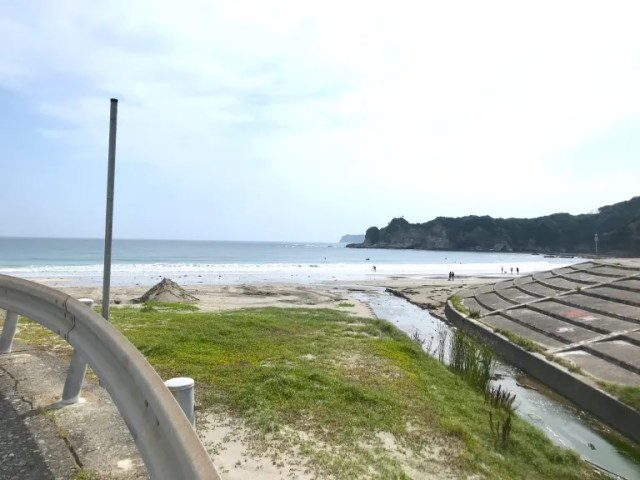
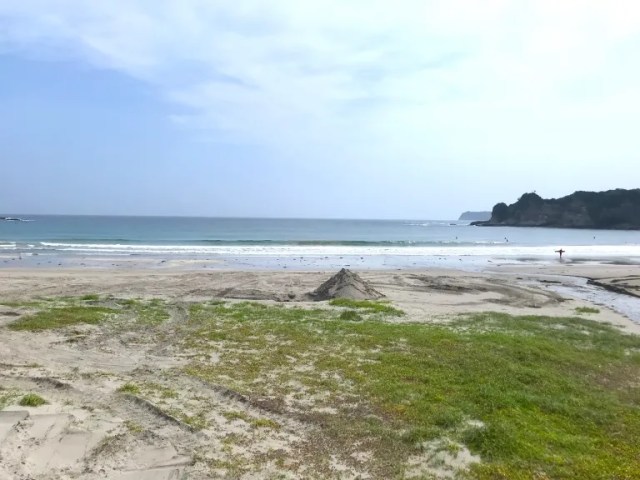
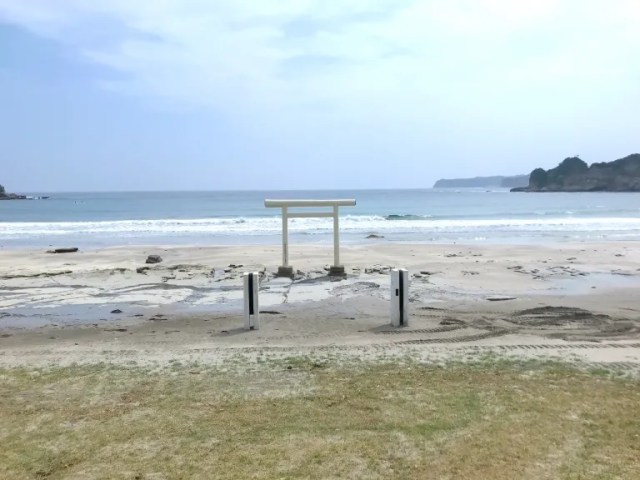
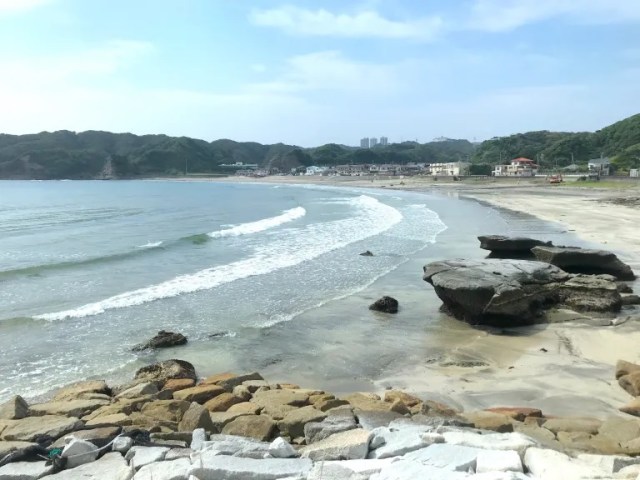
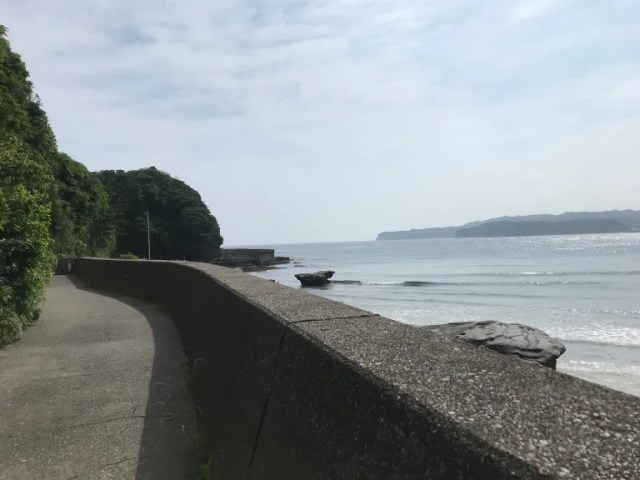
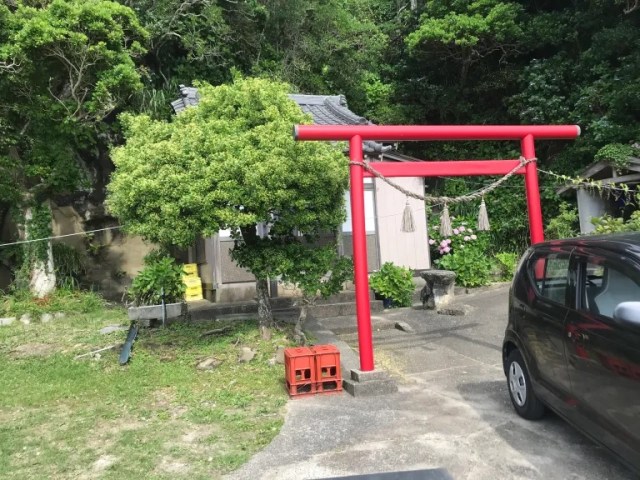
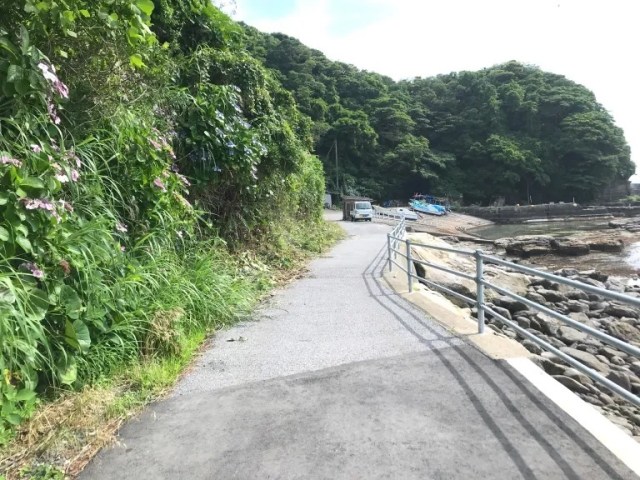
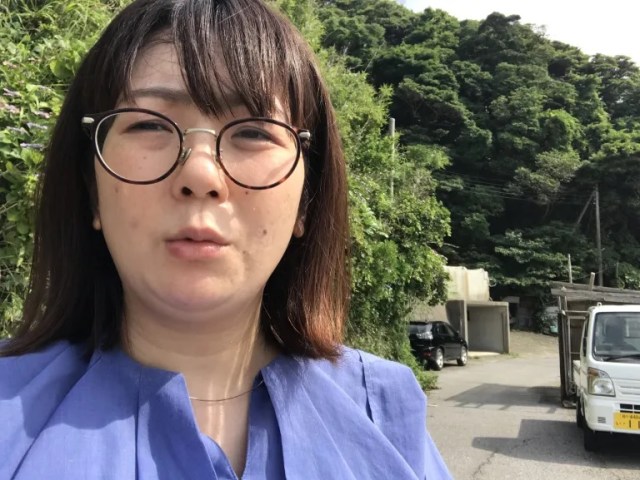
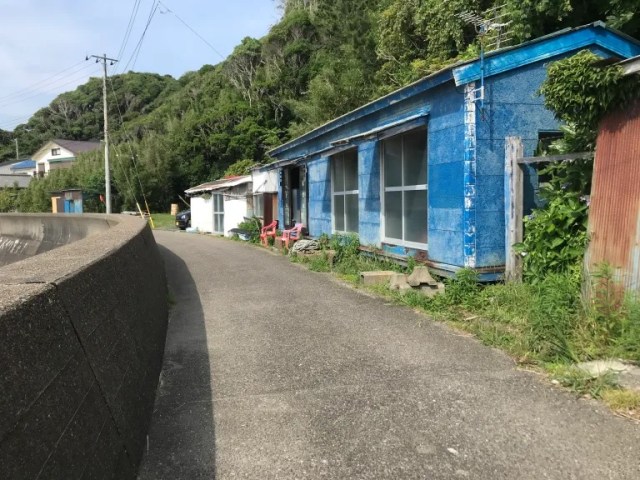
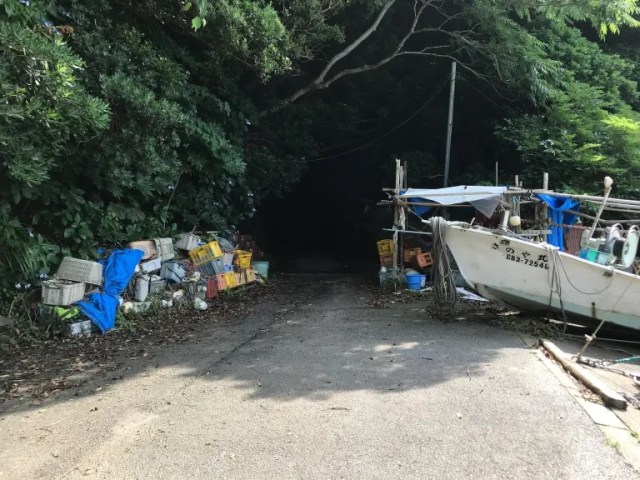
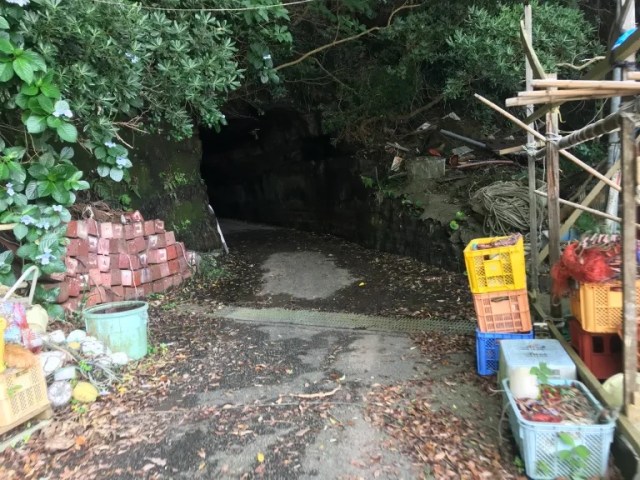
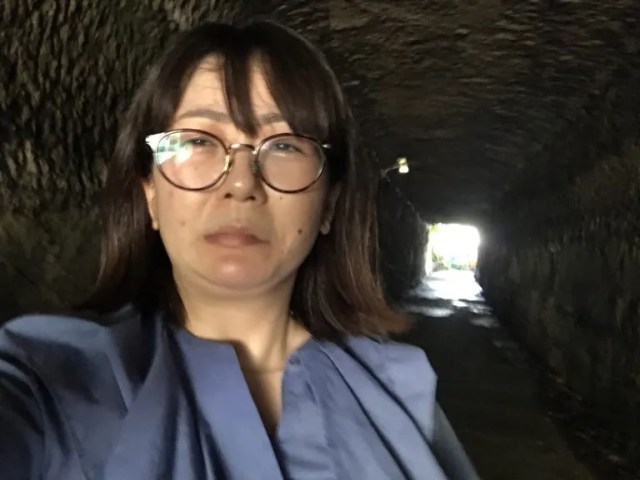
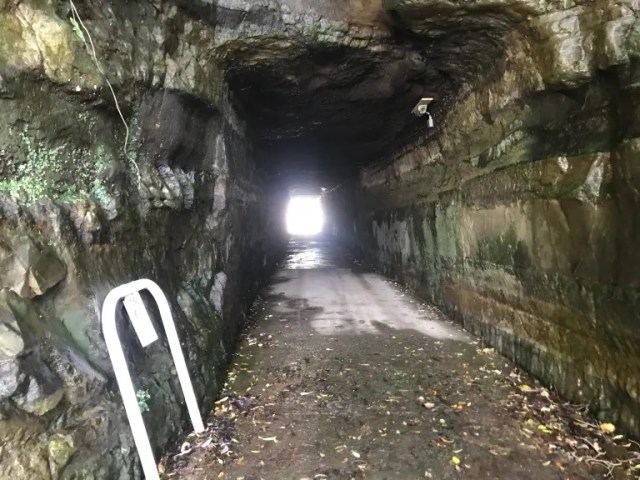
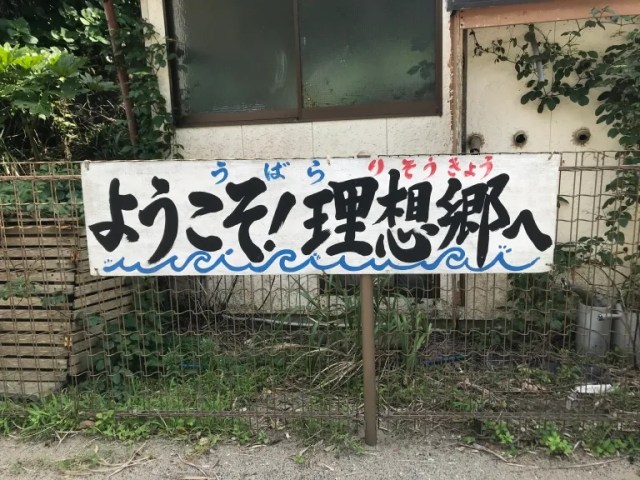
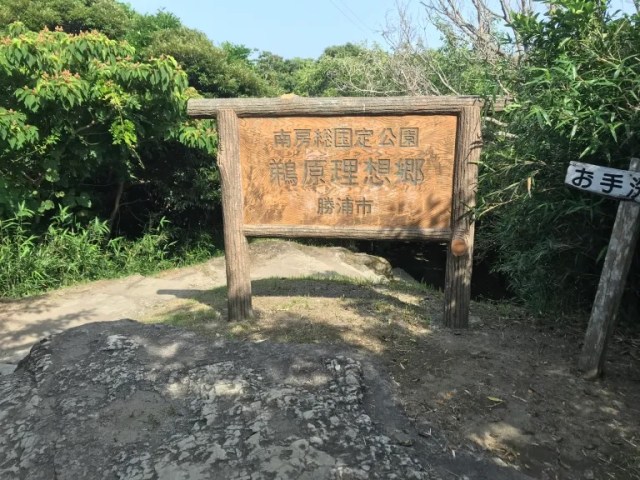
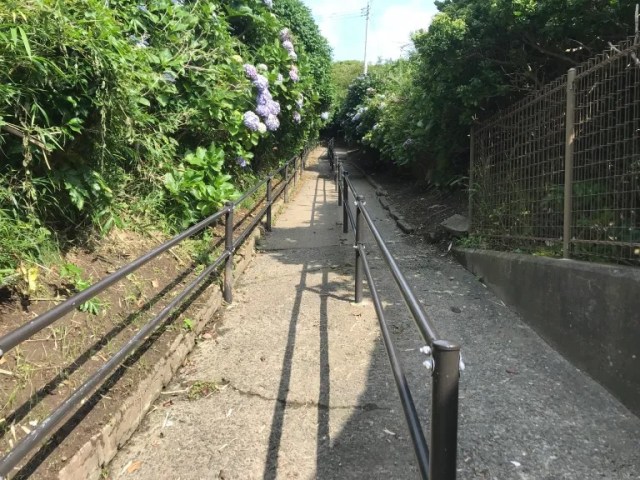

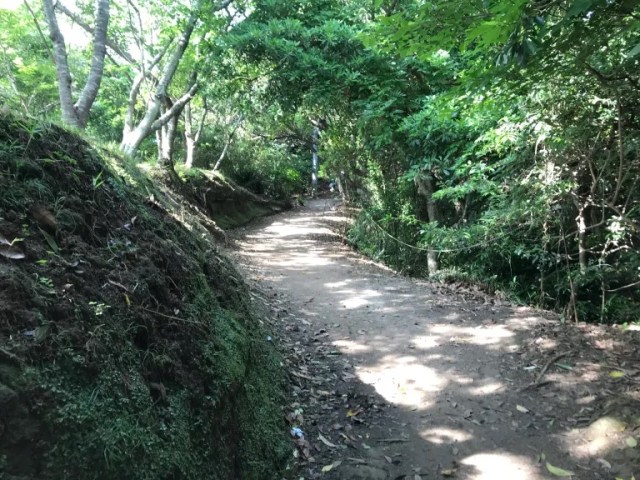
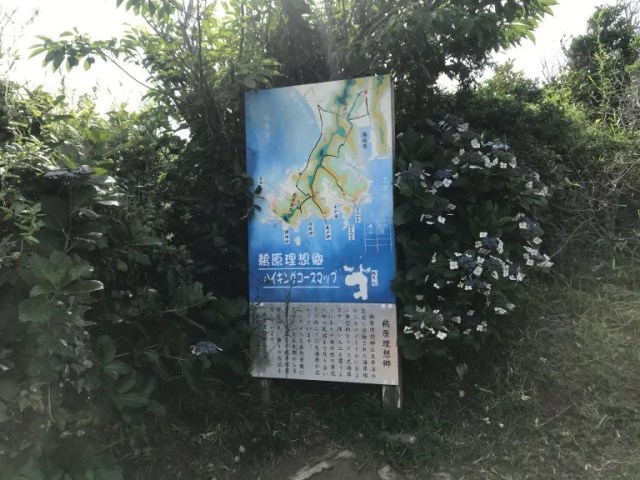
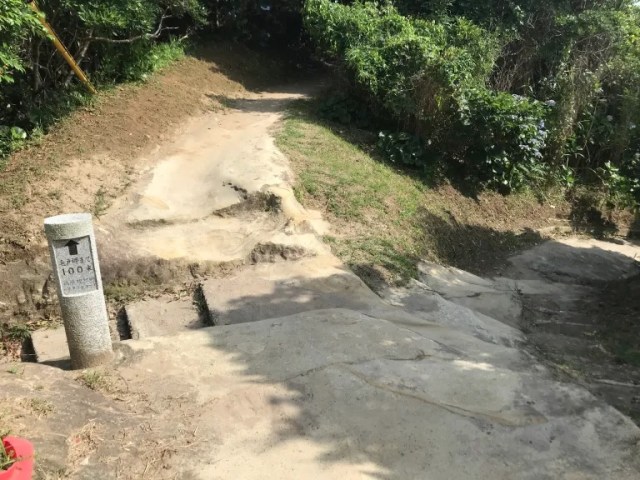
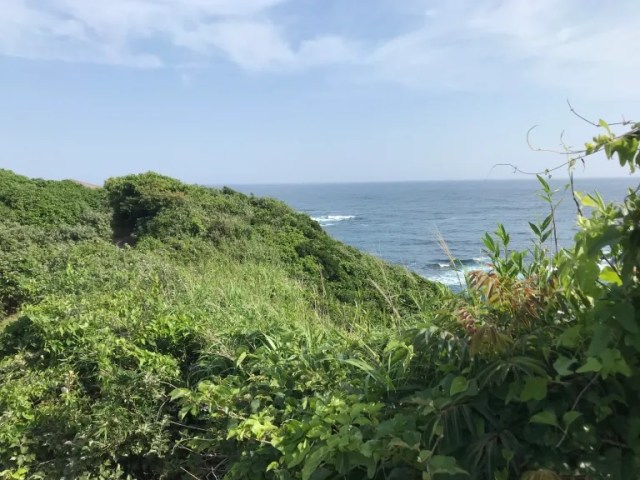
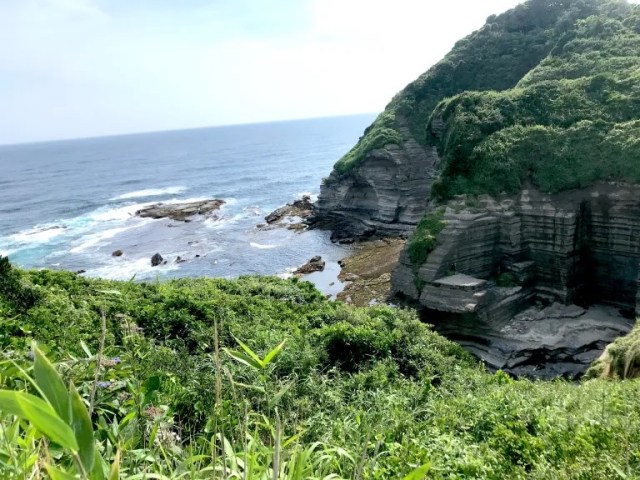
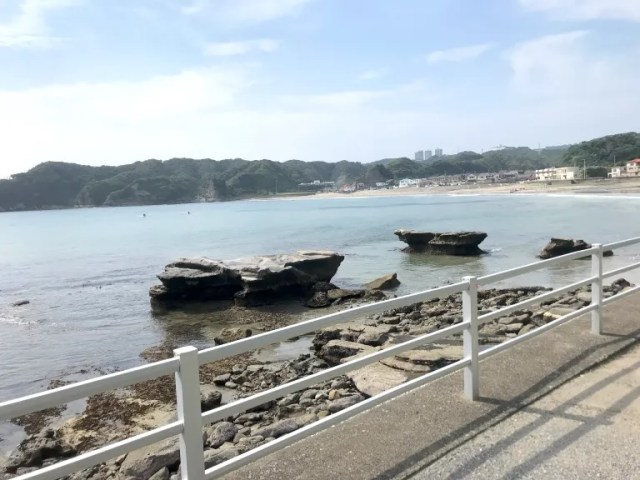



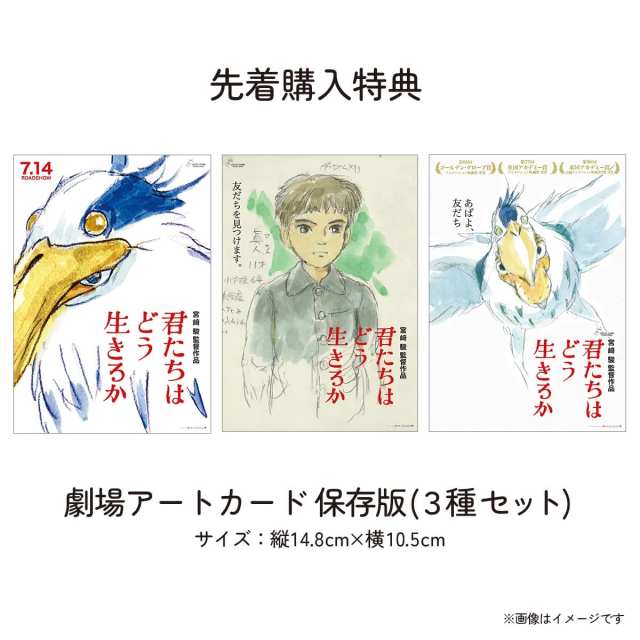
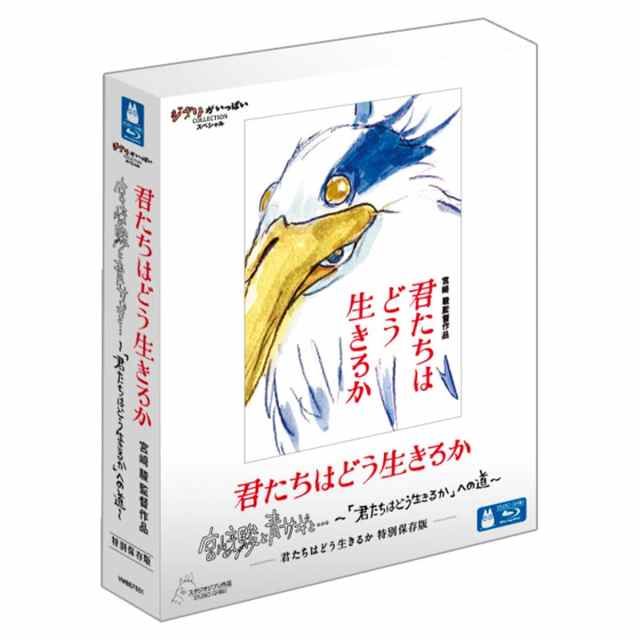
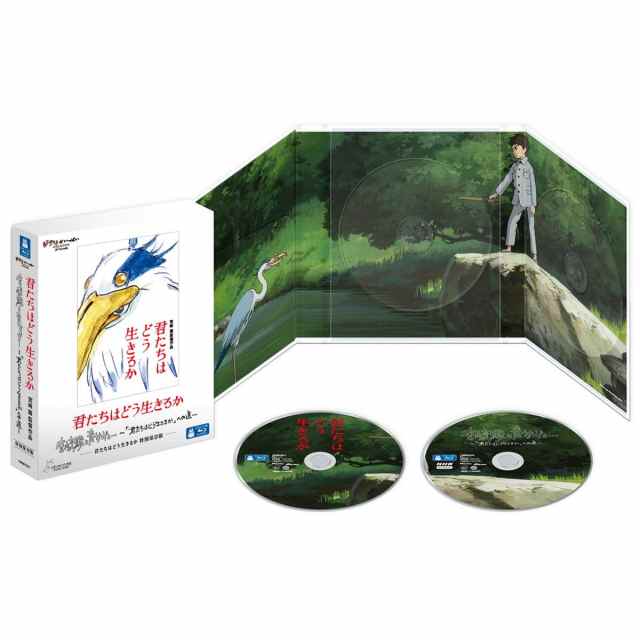
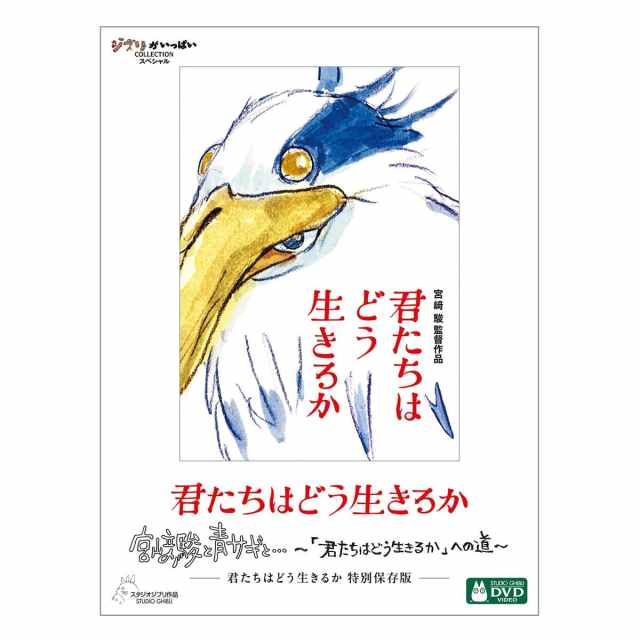

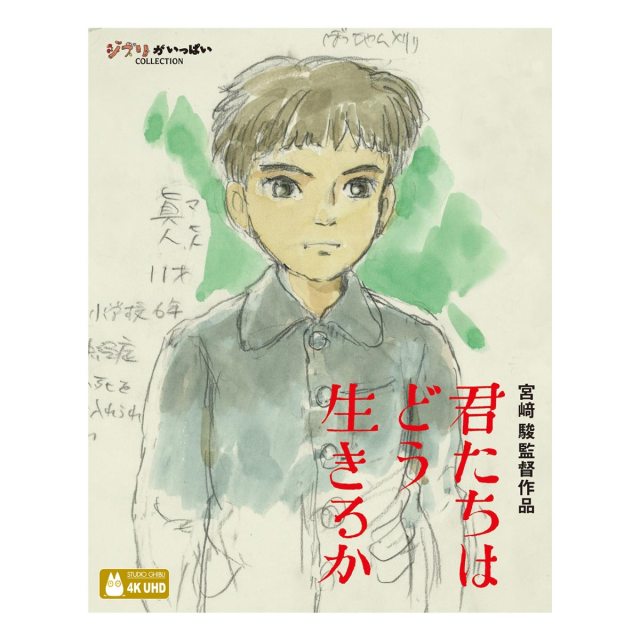
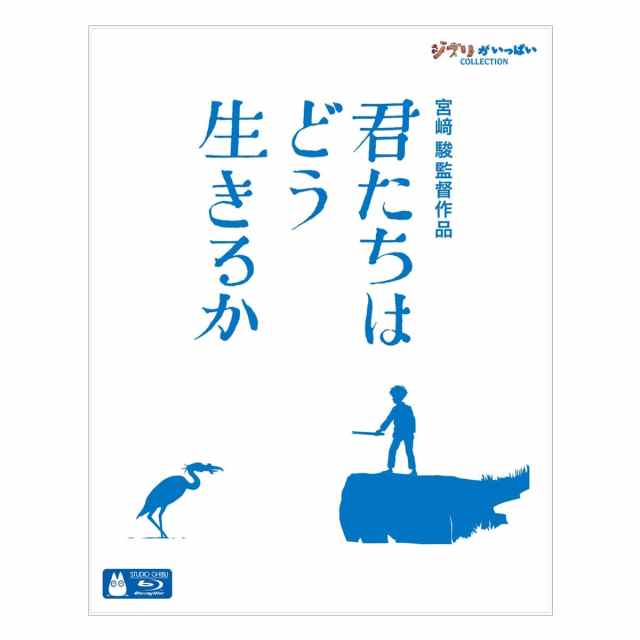
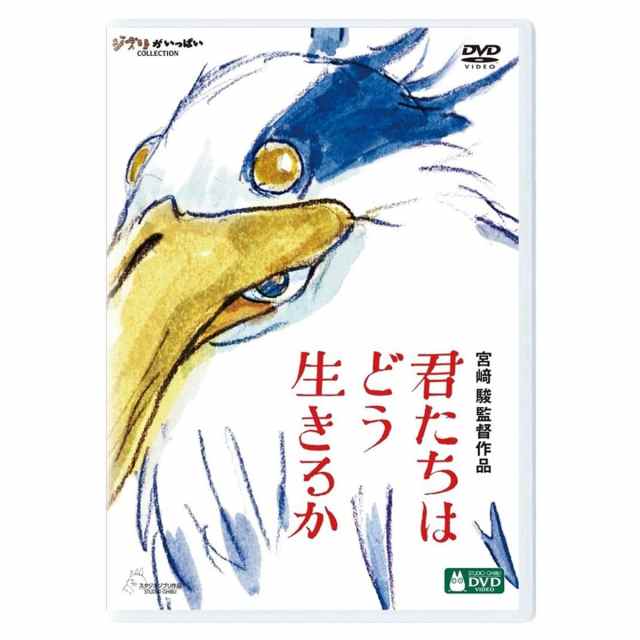
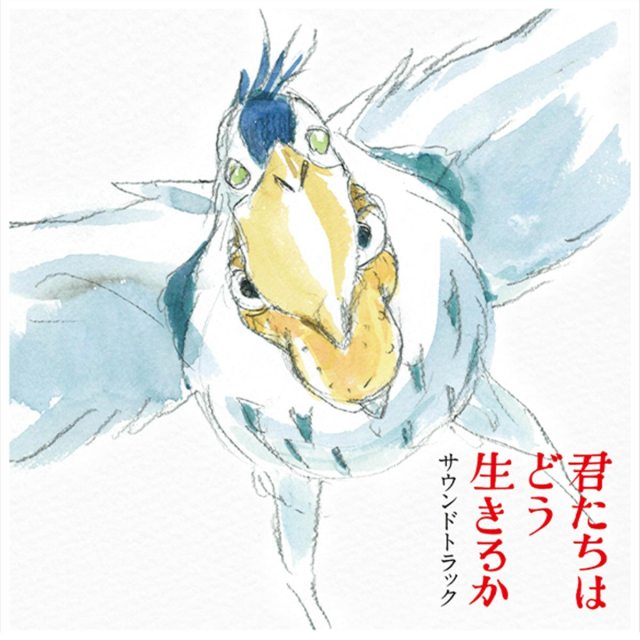

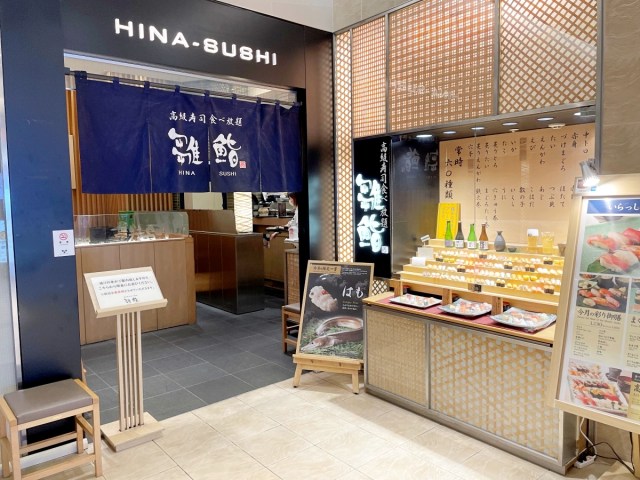
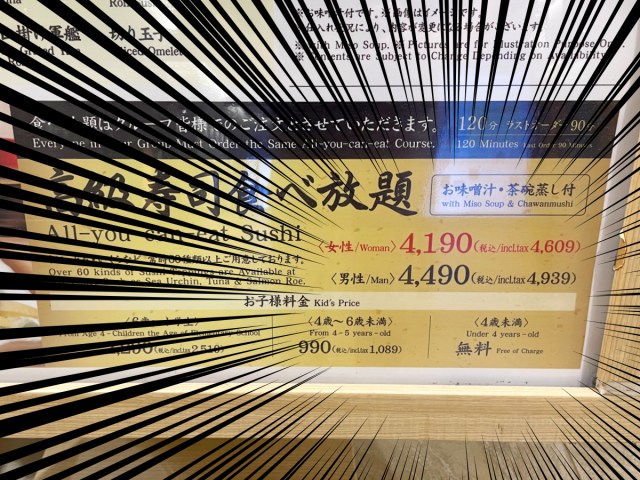
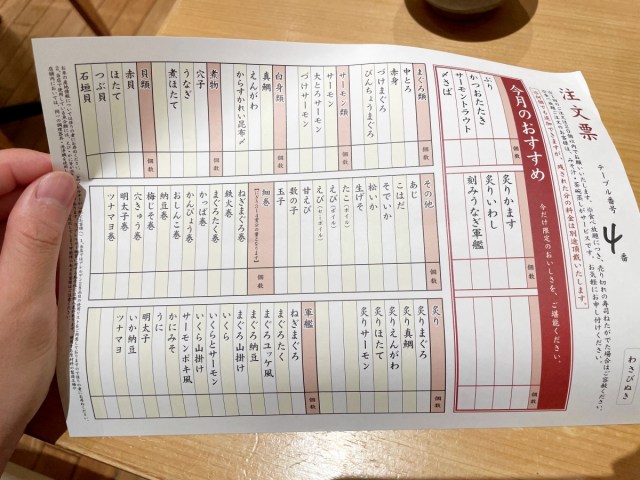
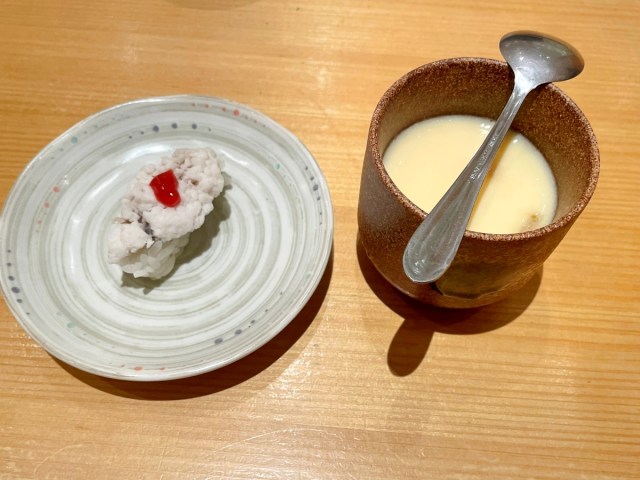
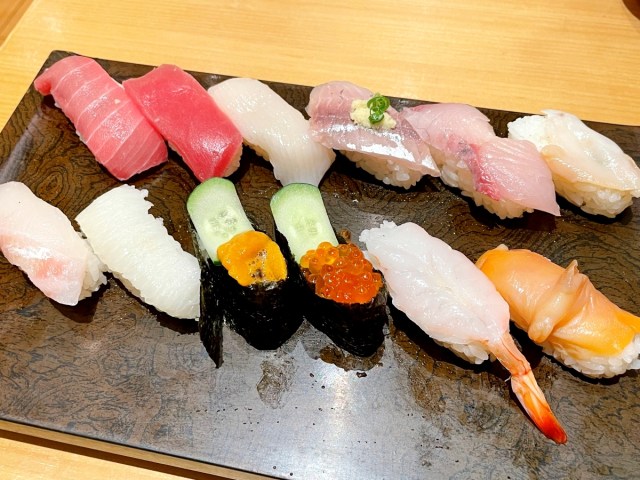
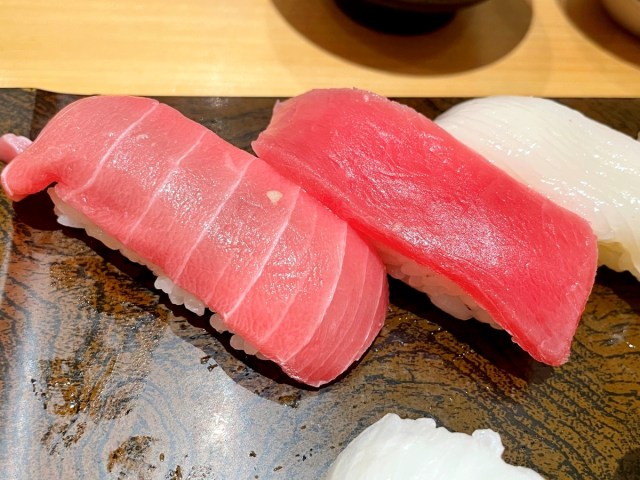
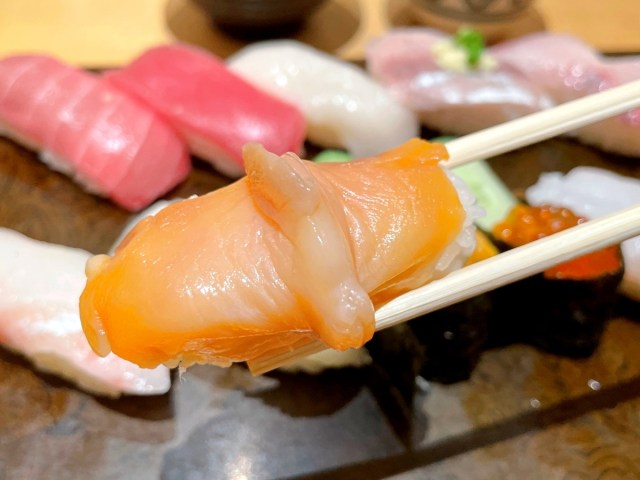
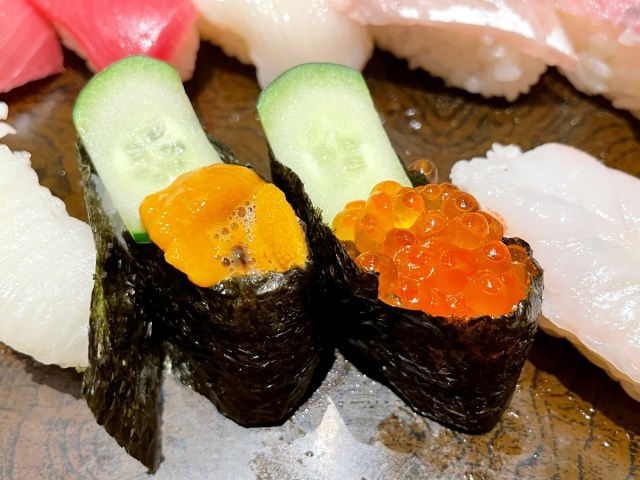
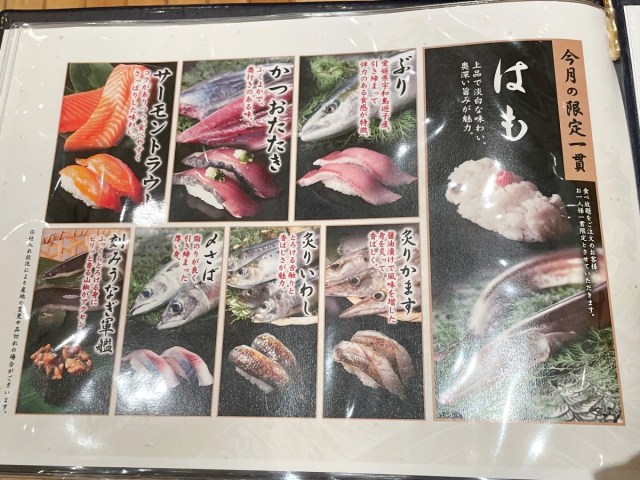
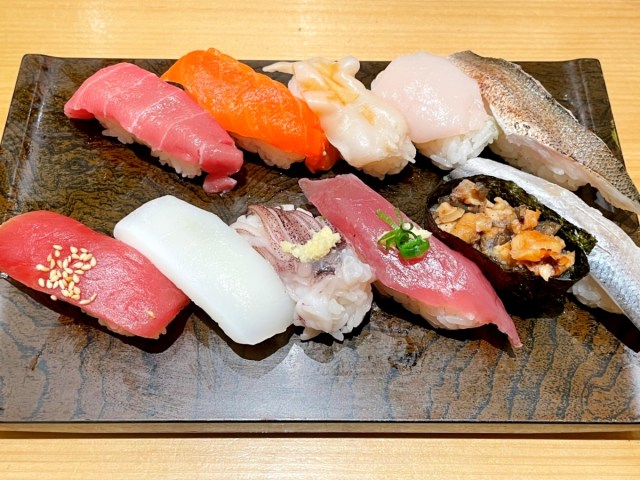
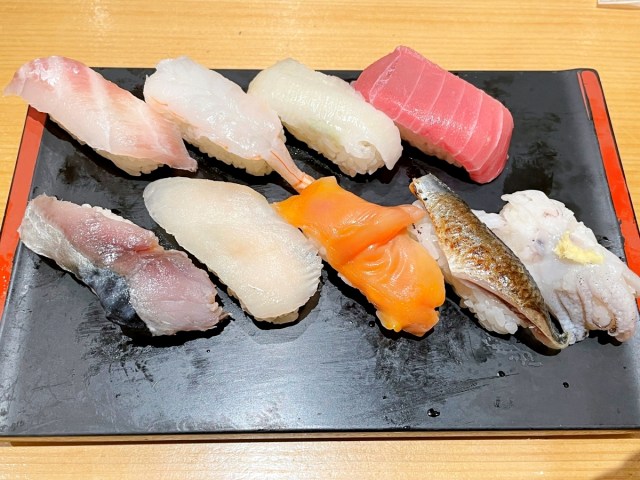
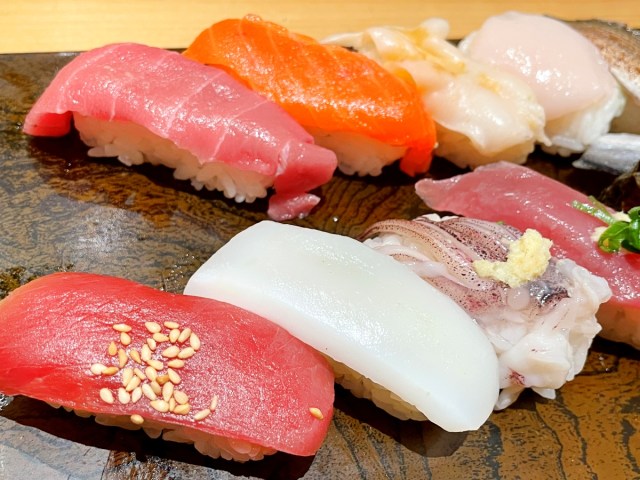
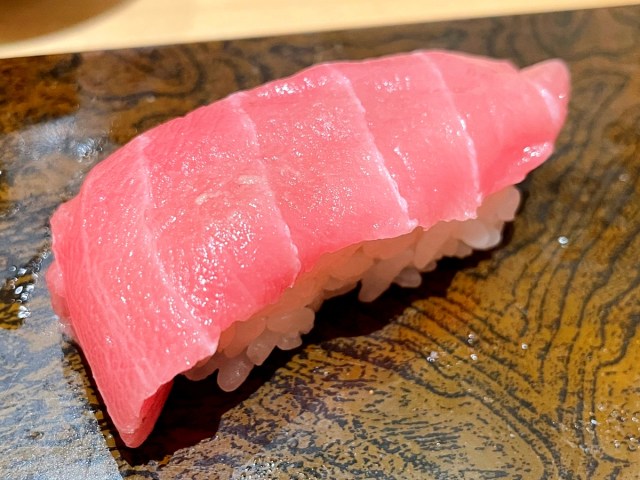
0 comments: